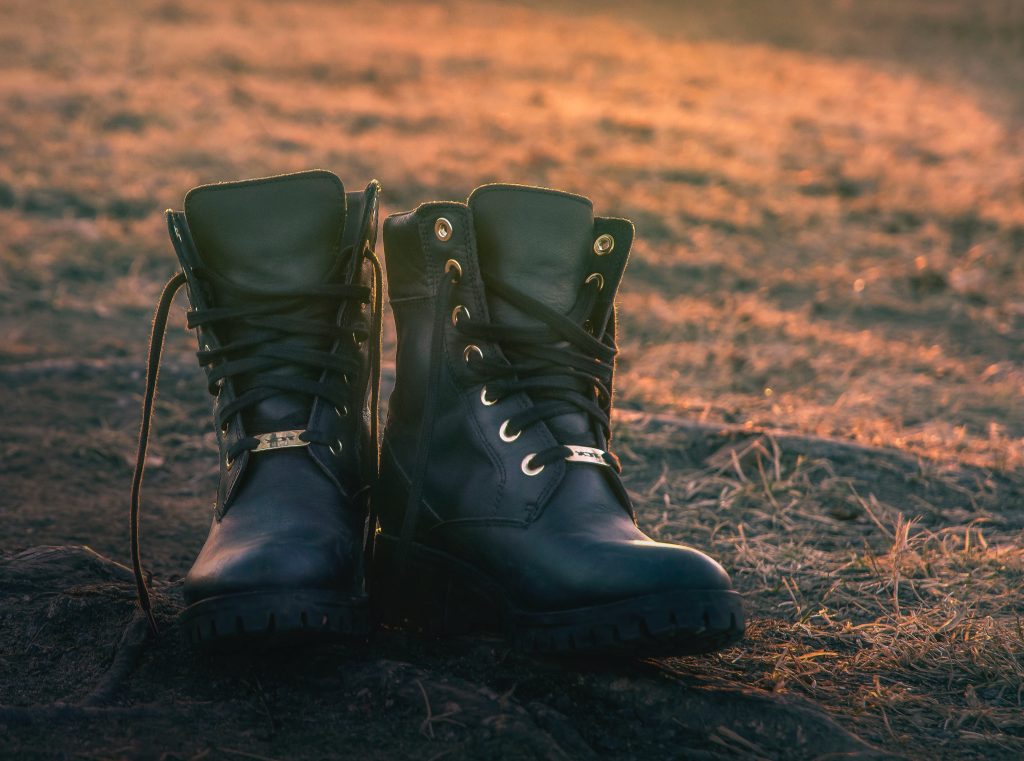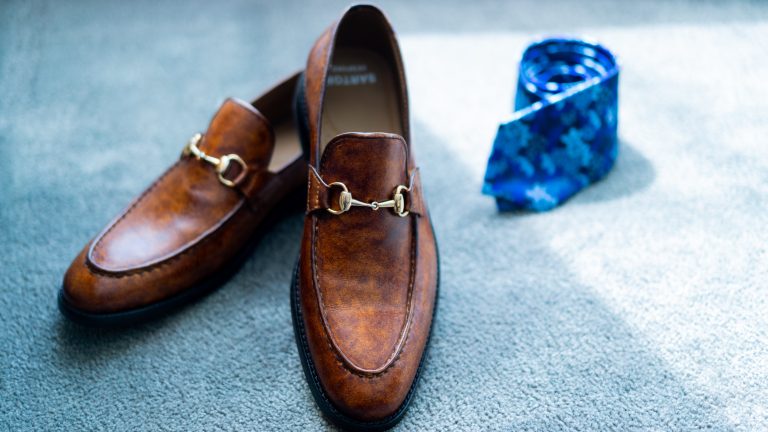What is S5 Safety Shoes? | True Guide!
Introduction
In the world of safety footwear, s5 is a term you might have come across. But what does it mean, and why is it important when choosing safety shoes? In this article, we’ll delve deep into the concept of S5 in safety shoes, breaking down its significance and guiding you on making informed decisions when it comes to ensuring safety in your workplace.
Understanding Safety Shoe Standards
S5 safety Shoes
Before we dive into the specifics of S5, it’s crucial to understand the standards that govern safety shoes. Various safety standards exist globally, ensuring that footwear meets specific criteria for protection. These standards are designed to guarantee the safety and well-being of workers across different industries.
Decoding S5: The Ultimate Protection
S5 is a standard that signifies a high level of protection in safety shoes. Let’s break down what each element of S5 represents:
1. Toe Protection (SB)
The ‘S’ in S5 indicates toe protection, denoted by the code ‘SB.’ This means the shoe has a protective toe cap that can withstand impact and compression, safeguarding your toes from heavy objects or falling equipment.

2. Water Resistance (WRU)
The ‘5’ in S5 represents water resistance, indicated by ‘WRU.’ Safety shoes with this feature are designed to be highly resistant to water, keeping your feet dry and comfortable even in wet or damp conditions.
3. Antistatic Properties (A)
The ‘A’ in S5 signifies antistatic properties. Antistatic safety shoes prevent the build-up of static electricity, reducing the risk of electrical shocks and ensuring a safer work environment, especially in industries where sensitive electronic equipment is used.
4. Energy Absorption in Heel (E)
The ‘E’ in S5 denotes energy absorption in the heel area. This feature ensures that the shoe can absorb energy and provide cushioning, reducing the impact on your feet and joints when walking or standing for extended periods.
5. Penetration Resistance (P)
Finally, the ‘P’ in S5 represents penetration resistance. Shoes with this feature have a protective midsole that prevents sharp objects from penetrating the sole, protecting your feet from punctures and injuries.
Why Choose S5 Safety Shoes?
S5 safety shoes are ideal for workers in demanding environments where maximum protection is essential. Industries such as construction, manufacturing, and heavy engineering require footwear that can withstand harsh conditions and provide unparalleled safety to workers. Investing in S5 safety shoes ensures peace of mind, knowing that your feet are well-protected against various workplace hazards.
Conclusion
In summary, understanding the significance of S5 in safety shoes is vital for anyone working in industries where foot safety is paramount. By choosing S5-rated footwear, you’re investing in your well-being and ensuring a safer work environment. Remember, prioritizing safety today can prevent accidents tomorrow.
Frequently Asked Questions
Q1: What industries require S5 safety shoes?
A: S5 safety shoes are essential in industries like construction, manufacturing, and heavy engineering, where maximum protection is crucial.
Q2: Can S5 safety shoes protect against electrical hazards?
A: While S5 shoes offer toe protection and antistatic properties, additional precautions might be necessary for specific electrical hazards. Consult relevant safety guidelines for your industry.
Q3: Are S5 safety shoes comfortable for long hours of wear?
A: Yes, S5 safety shoes are designed for comfort, including features like energy absorption in the heel. However, personal comfort can vary, so it’s essential to choose shoes that fit well and suit your individual needs.
Q4: How often should S5 safety shoes be replaced?
A: Safety shoes, including S5-rated ones, should be inspected regularly for signs of wear and tear. If significant damage is observed, it’s crucial to replace them promptly to maintain optimal protection.
Q5: Can I wear S5 safety shoes in wet environments?
A: Yes, S5 safety shoes are water-resistant (WRU), making them suitable for wet or damp conditions. However, it’s essential to check the specific manufacturer’s guidelines to ensure the shoes meet your requirements.




Leave a comment